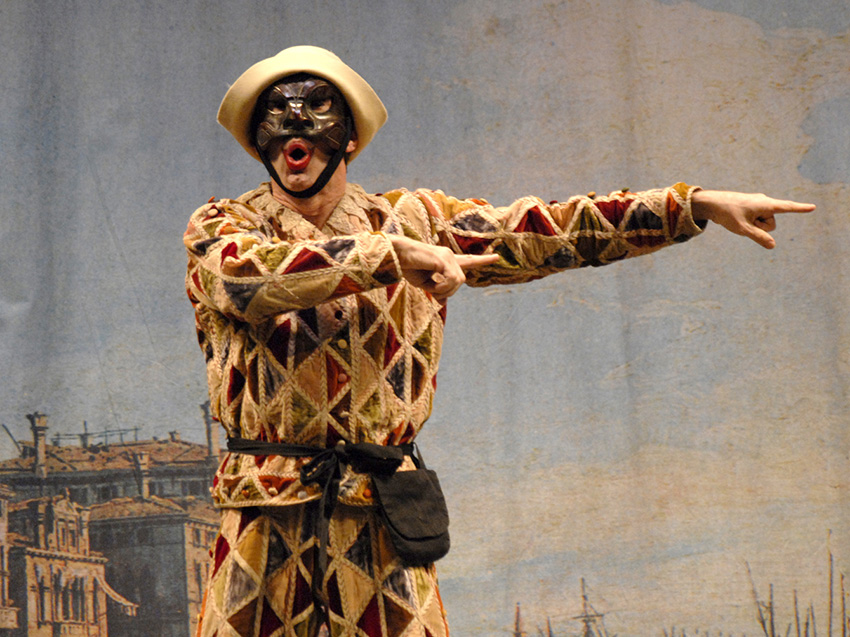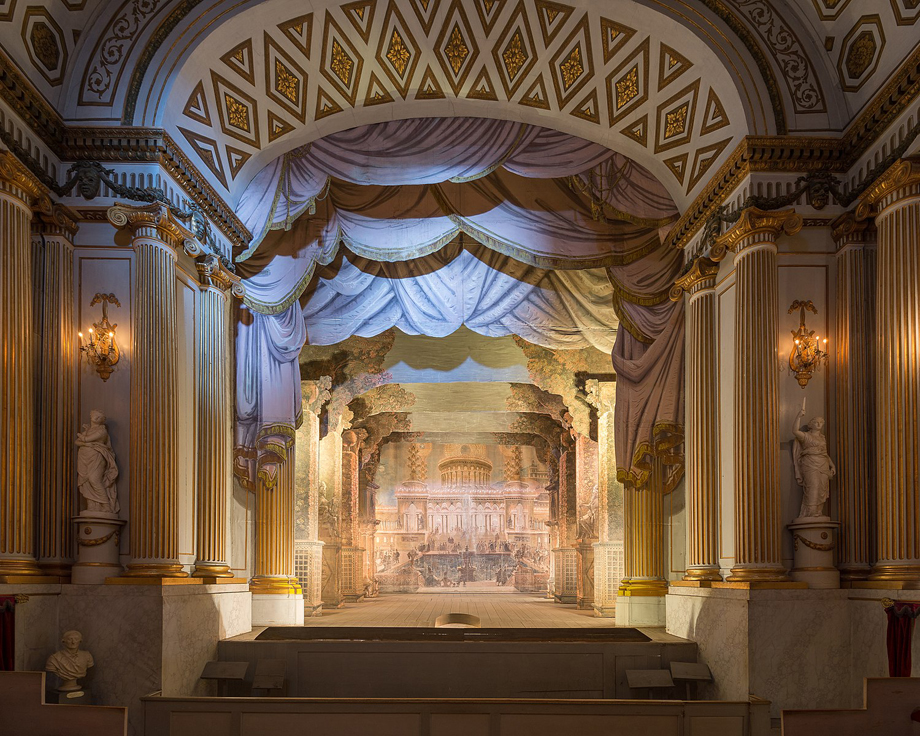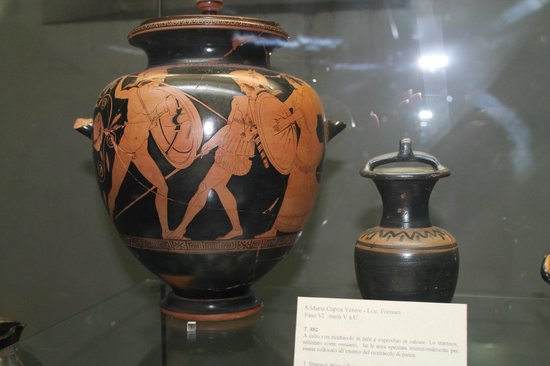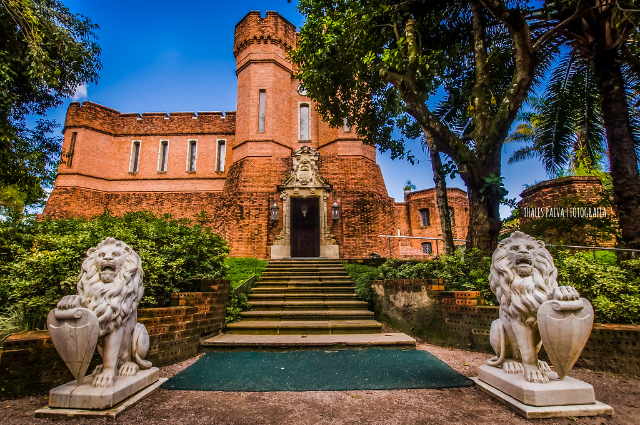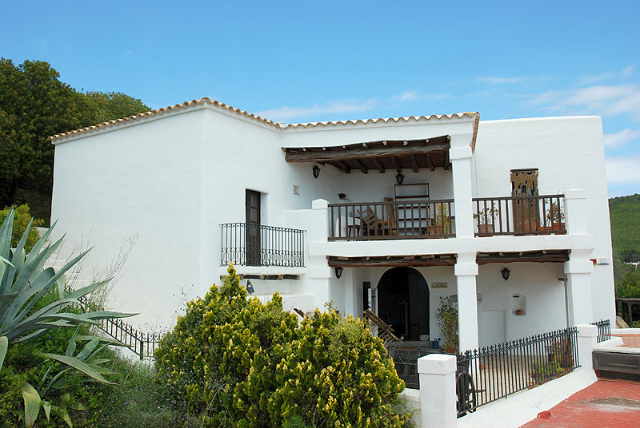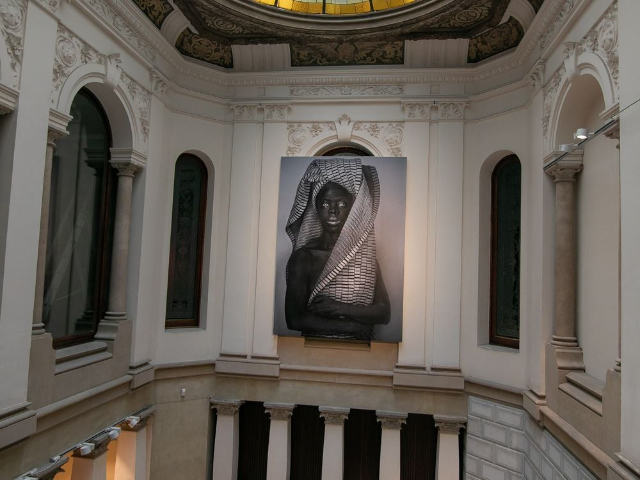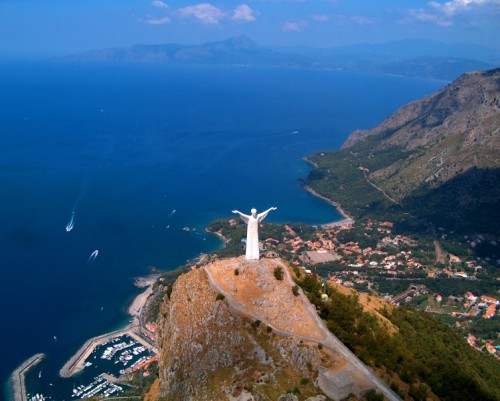Around the sixteenth century, a popular literature was born and spread that was destined to carry the name of Bergamo to the most remote locations, not only in Italy, but also in Europe.
In fact, the "Bergamasque" language became one of the most significant characters since the origin of the Commedia dell’Arte. From the late Middle Ages onwards, the language, the way of being and the characteristics of Bergamasque have entered the theatre.
Harlequin and Gioppino are the most popular Bergamasque masks, loved even outside the territory. Word, parody, carnival, bizarre costumes, fun, but also dances. In fact, the term "bergamasca" refers to a popular dance with a lively character, with which Shakespeare concluded A Midsummer Night’s Dream and which is used above all in the Commedia dell’Arte.
